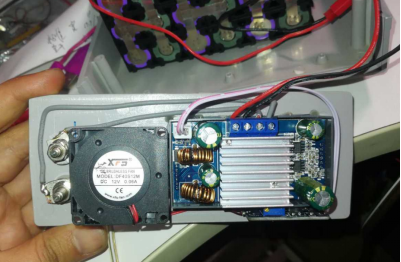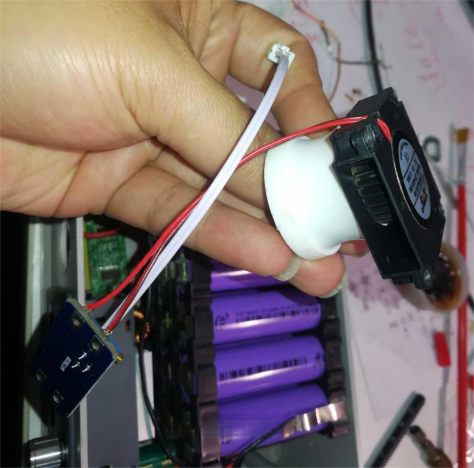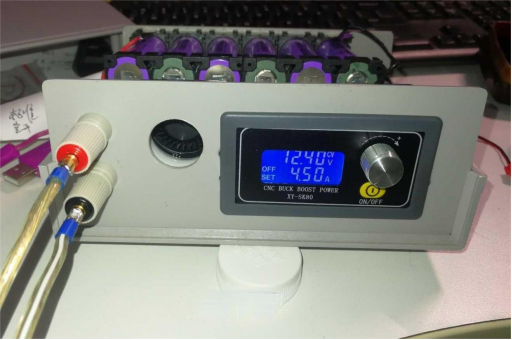
How to build an adjustable power supply using a battery?
To make a small, battery-powered adjustable power supply, you can use four Boston cells and an SK35 boost-buck power module. Without a fan, the power output will be somewhat lower.
In this guide, we'll create a more powerful version with a fan, using an SK80 module. For the internal battery, I used six sets of three parallel 18650 cells, along with a protection board salvaged from another device. You can choose an appropriate casing, but make sure it's not too small. I used battery holders, which made it difficult for the fan to operate properly since internal airflow was restricted, preventing effective heat dissipation. The plastic casing also limited cooling.
To solve this, I replaced the original 5V 3010 fan on the module with a side-blowing centrifugal fan and made an air duct from a medicine bottle. This setup draws air directly from the front panel and expels it out the back of the case, which works quite well. The fan is 12V, so I paired it with a boost module, currently set to 9V for relatively quiet operation with sufficient airflow. Another benefit of this fan is that it also cools the module’s inductor, which tends to get quite hot.
The plastic bottle is made of PE, and I recommend using B7000 glue for assembly, which works well.
This module is very suitable for battery power. Its boost-buck mode allows it to operate with any input voltage above 7V (ideally, use at least four cells). It can be adjusted across a range of 0.6V to 36V, making it more suitable for battery use than a simple buck converter. The module also displays the input voltage, which makes it easy to monitor battery voltage and assess the remaining charge, which is quite convenient.








